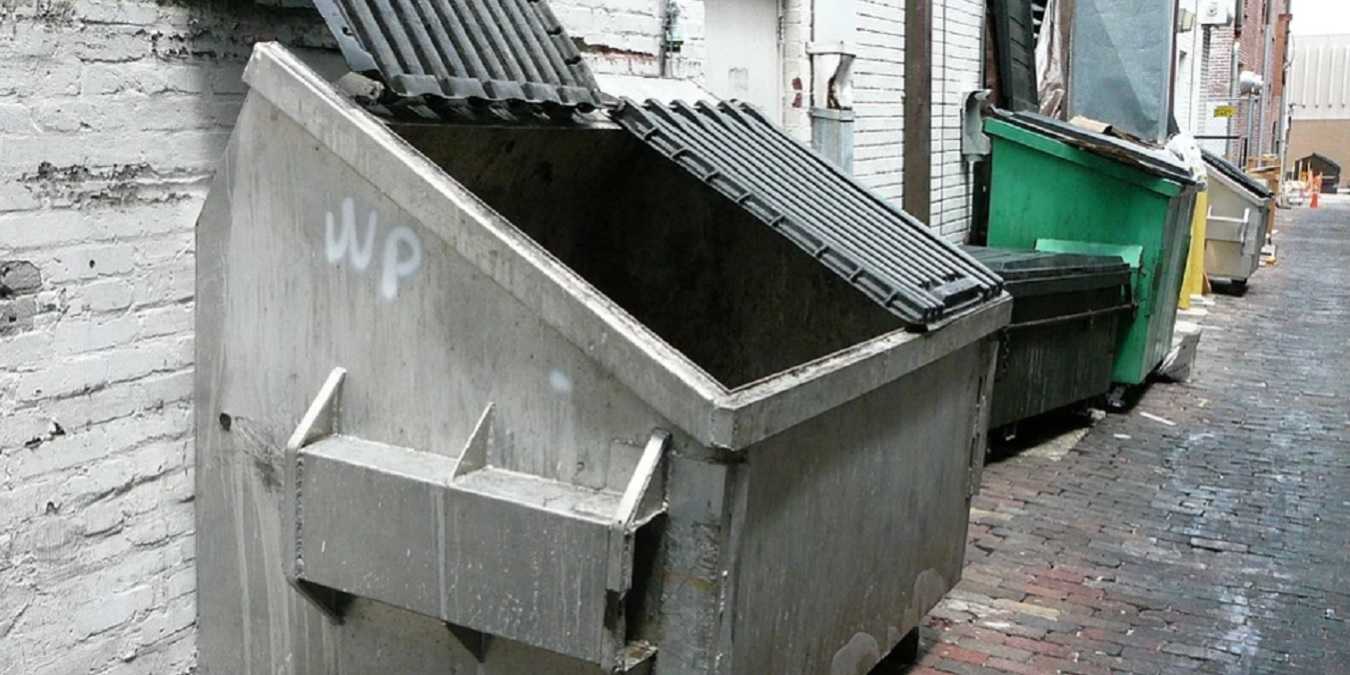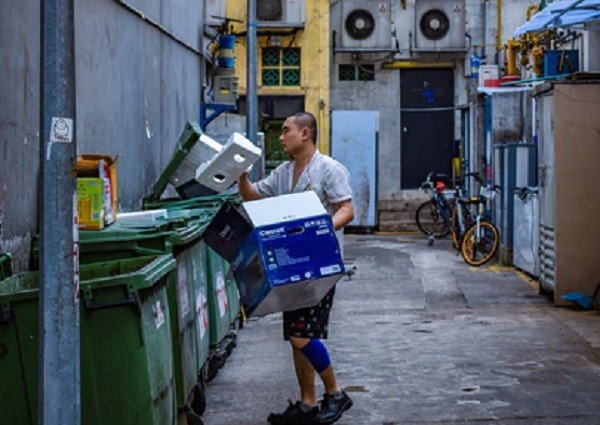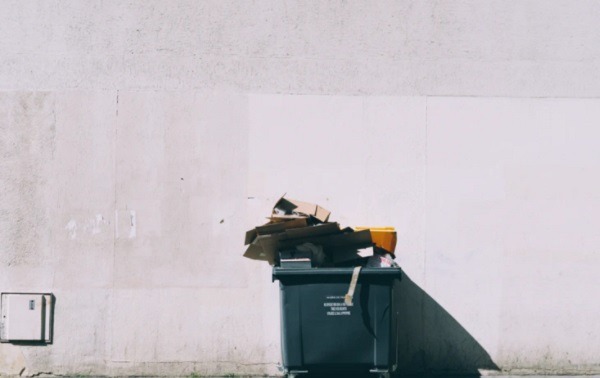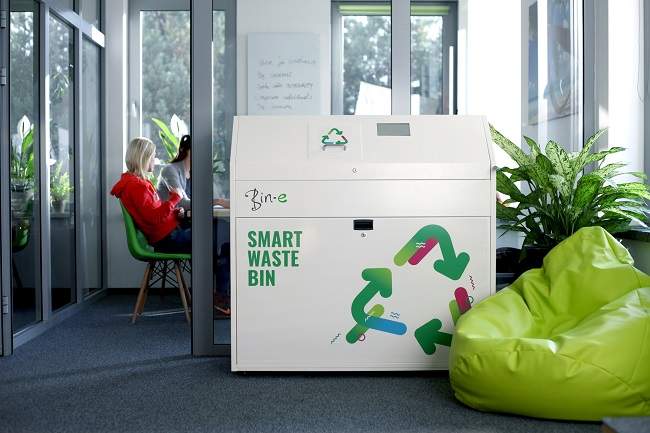
IoT is everywhere, including dumpsters. However, it’s not about devices you’re throwing away. Instead, IoT is being implemented for smart dumpster monitoring. Thanks to new and innovative processes, waste management is becoming more efficient than ever, which helps reduce costs and protect the environment.
Understanding Smart Dumpster Monitoring
When you see a dumpster, “smart” probably isn’t the first word that comes to mind. However, highly intelligent sensors are being placed in dumpsters throughout the world. The purpose varies based on the company and type of waste material.

The idea is to use the sensor to monitor the current state of the dumpster. This could involve seeing how full it is, ensuring it’s being used properly (for the right type of waste), and determining where more or less dumpsters are needed. Waste management companies can even customize waste collection schedules based on sensor data.
A more in-depth discussion explores the way machine learning is being used to aid not only in collection, but sorting. For instance, waste could be sorted by type, such as different types of liquids.
The Benefits of Mixing Waste and IoT
A major issue with traditional waste management processes is they’re wasteful. Typically, a garbage truck goes through the same route each week collecting waste. This might have been more efficient decades ago, but with large populations, this can be a much more time-consuming process, especially when many dumpsters may not need emptying every week.

Smart dumpster management allows sensors to send alerts when dumpsters are getting close to full. By gathering this data, waste management companies are able to determine how often dumpsters need to be emptied. They create custom schedules, which are far more efficient.
For example, many dumpsters may only need to be emptied every other week or even once a month. That saves gallons of fuel, reduces the number of garbage trucks on the road at any given point, and decreases emissions for a cleaner environment. With so many cities looking to go green, dumpster sensors are a great addition.
Some sensors actually go even further, though. Instead of just letting companies know when a dumpster needs emptying, they use machine learning to calculate optimal routes and schedules based on fleet sizes, distances to landfills, and the number of dumpsters on a route.
There’s also the benefit of ensuring dumpsters aren’t accidentally missed, as sensors can alert drivers of missed dumpsters, especially if they’re full. This also prevents issues with overfilled dumpsters.
A Growing Industry
Like many IoT trends, smart dumpster monitoring is a rapidly growing industry. The industry’s expected to continue growing at a CAGR of 16.5 percent through 2023 and be valued at over $2.8 billion.

A large part of this growth is the rise in smart cities and those looking to go green. The other reason is an increasing population, especially within already cramped cities. IoT provides the technology waste management needs to keep up with demand while reducing costs.
Variety of Options Available
Smart dumpster monitoring may make you only think of large dumpsters outside of businesses and down side alleys. However, sensors aren’t just for those. Instead, they’re being used in a variety of scenarios.

For instance, Ecube Labs has created CleanCUBE, which is a solar-powered trash compactor that replaces standard city trash bins on streets. The sensor monitors trash levels and compacts it when necessary. This allows every bin to collect up to five times more trash before needing to be emptied.
To help with sorting trash and recycling, Bin-e has created a smart dumpster that uses sensors and cameras to identify anything tossed in and sort it into the appropriate bins. One version recognizes garbage from certain recyclables, such as paper and plastic. Another focuses just on sorting recycling.
IoT is transforming trash. With smart dumpster monitoring, it’s much easier to collect, manage, and dispose of trash while reducing costs and helping the environment.
Image: Bin-e Presskit







